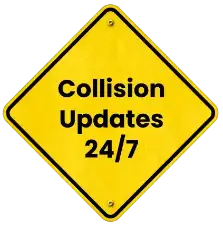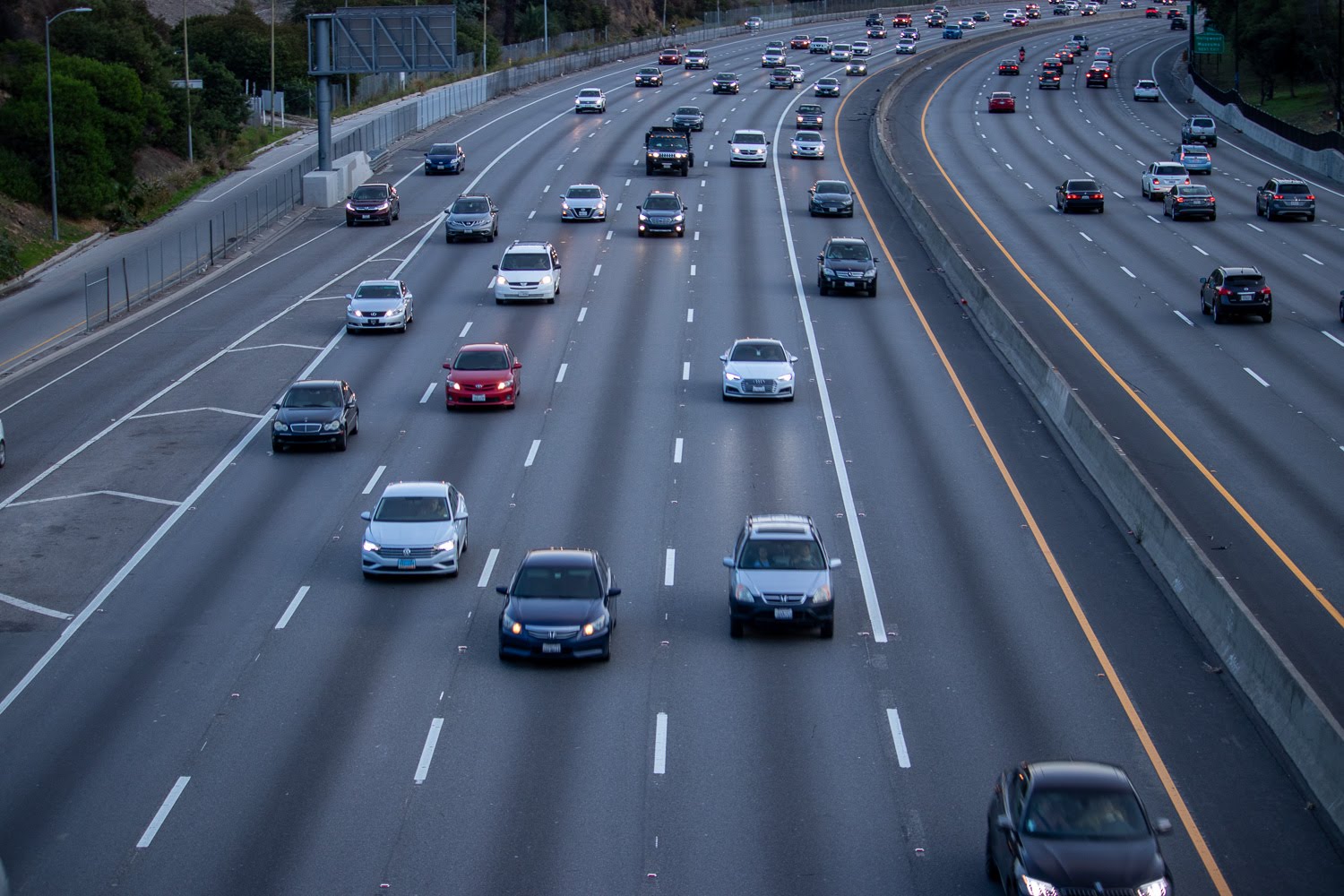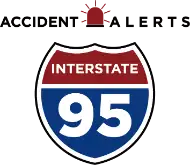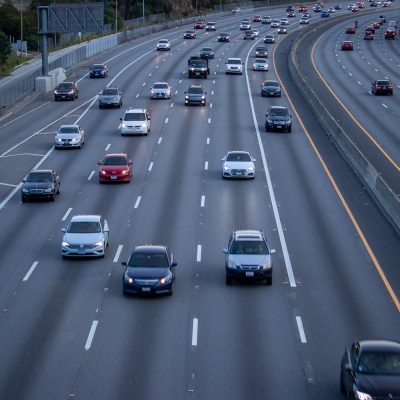
Tourist Traffic Impact on I-95 Safety


Interstate 95 is one of the busiest travel corridors in the United States. Every year, millions of motorists converge on I-95 for vacations, business trips, and seasonal travel. While this steady movement drives local economies, it also raises unique safety concerns.
Understanding the connection between I-95 tourist accidents, the influx of out-of-state drivers, the ways these factors affect highway safety, and how victims can protect themselves after a collision is critical.
The I-95 Tourist Highway: A Constant Flow of Out-of-State Drivers
Few highways capture America’s diversity of travel like I-95. Stretching through 15 states and the District of Columbia, it serves as the primary route for vacationers. This constant movement means that on any given day, a significant portion of I-95 drivers are unfamiliar with local exits, speed zones, and merging rules.
Seasonal surges occur during summer months and around holidays, when rental cars, RVs, and tourist buses fill the lanes. According to the Federal Highway Administration (FHWA), more than 40% of vehicles on major U.S. interstates during peak holiday periods are operated by out-of-state drivers. That percentage underscores how disorientation and inconsistency in driving behavior can lead to sudden braking, lane changes, or missed exits—all common precursors to multi-vehicle accidents.
How Tourist Traffic Changes Driving Dynamics
The impact of out-of-state drivers on I-95 safety goes beyond congestion. Tourist traffic introduces several distinct patterns that challenge both locals and other visitors:
- Inconsistent speeds and lane discipline. Drivers unfamiliar with I-95 often hesitate or slow unexpectedly when searching for exits or responding to heavy traffic. This unpredictability increases rear-end and side-impact collisions.
- Higher merge conflict rates. Visitors unused to the pace of East Coast interstates can struggle with short on-ramps or high-speed merges, especially near urban centers like Miami, Richmond, and Philadelphia.
- Distracted navigation. Reliance on GPS devices, smartphones, or in-vehicle navigation systems diverts attention at precisely the moments drivers need to watch for signage or merging traffic.
- Rental vehicle unfamiliarity. Tourists driving unfamiliar vehicles—particularly larger SUVs or vans—may misjudge braking distances or blind spots, compounding accident risks.
These behaviors collectively raise crash rates in tourist-heavy corridors, especially during summer travel seasons.
Regional Hotspots Along I-95
Not all parts of I-95 face the same risks. Coastal states like Florida, Georgia, and South Carolina see high tourist volumes year-round. Florida’s I-95 segment, for example, connects multiple resort areas and cruise ports, making it one of the most heavily traveled stretches in the nation. In contrast, mid-Atlantic regions experience sharp seasonal surges tied to summer beach traffic and winter holiday travel.
Northern states such as New Jersey, Connecticut, and Massachusetts face dense commuter and tourist traffic simultaneously. This combination of local high-speed travel and visiting motorists often leads to lane-weaving and merging conflicts. Congested sections through cities like Washington, D.C., and New York City are further complicated by aggressive lane behavior, toll areas, and construction zones.
In each region, unfamiliarity compounds existing risks—short merges, toll booths, and shifting speed limits create moments of confusion that can have fatal outcomes.
How Local Conditions Complicate Tourist Safety
Unlike long stretches of rural interstate, I-95’s urban segments combine high-speed flow with short exit spacing and constant lane changes. For drivers new to the area, adjusting to these rapid transitions can be overwhelming.
Construction work zones, which appear frequently along I-95’s aging infrastructure, add another layer of hazard. Sudden lane closures and temporary detours can disorient drivers who rely solely on GPS navigation. Even a minor hesitation can trigger multi-car collisions during peak hours.
Night driving further amplifies risk. Reflective signage varies from state to state, and glare from headlights or wet pavement can obscure important cues. Tourists traveling long distances often experience fatigue, increasing the likelihood of drowsy or inattentive driving.
The Role of Local Enforcement and Public Awareness
State transportation departments and law enforcement agencies along I-95 have launched several initiatives to reduce tourist-related crashes. Many states now use enhanced signage and overhead alerts, including variable message boards that warn drivers about congestion, work zones, or weather conditions ahead. Summer months bring increased DUI and speed enforcement near resort exits and rest stops. States such as North Carolina and Florida have also introduced traveler safety campaigns like “Stay Right, Pass Left” and “Focus on the Road,” aimed at educating visitors about local driving etiquette. Despite these efforts, enforcement can only do so much. Personal responsibility remains critical, as tourists unfamiliar with local laws must stay alert and plan to avoid panic maneuvers.
After an I-95 Tourist Accident: What to Document
When crashes occur on I-95, especially those involving out-of-state drivers, documentation becomes essential for sorting out jurisdictional and insurance complexities. If you’re involved in a collision, follow these key steps:
- Call emergency services immediately and request both medical and law enforcement assistance.
- Take photos of vehicle positions, road signs, and lane markings.
- Record driver information, license plates, and state origins. The out-of-state status can be relevant in liability determinations and insurance processing.
- Note road and traffic conditions. Whether the accident occurred in heavy tourist congestion, at dusk, or in rain can all influence fault analysis.
Tourist-related collisions often involve rental vehicles, multiple jurisdictions, and insurance policies from other states. Keeping organized records helps attorneys and insurers reconstruct the circumstances accurately.
Why Out-of-State Collisions Require Specialized Legal Support
Crashes involving out-of-state drivers on the highway can present unique legal challenges. Jurisdictional questions can complicate the process. Insurance coverage levels and procedures also vary widely between states.
Victims of I-95 tourist accidents may find themselves negotiating with multiple insurers or unfamiliar legal systems. In these cases, an attorney experienced with interstate claims can identify the appropriate venue, manage communication across state lines, and ensure that evidence meets the standards required in each jurisdiction.
If you’ve been injured in a crash caused by an out-of-state driver or tourist on I-95, skilled representation can make all the difference. We can connect you with an I-95 personal injury attorney who understands how to handle multi-state claims, coordinate with local agencies, and pursue fair compensation for your losses.

